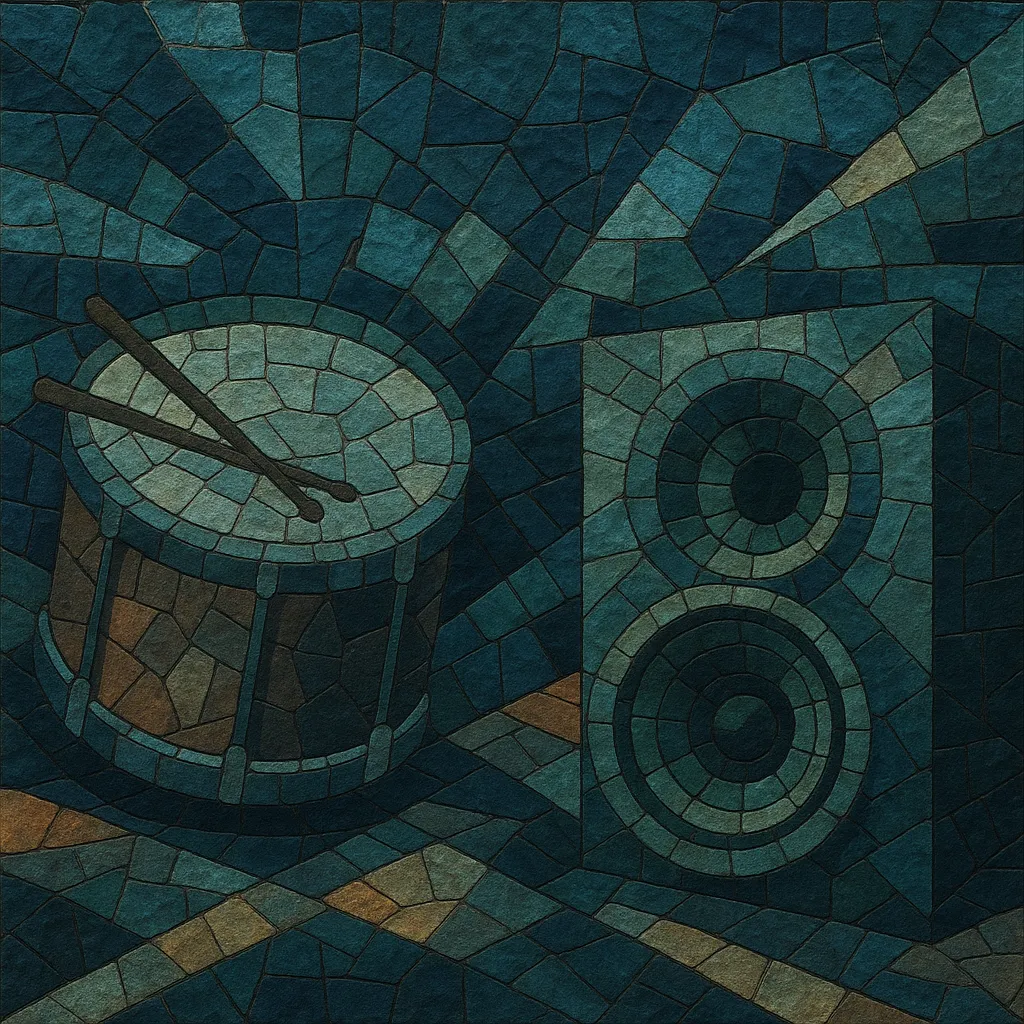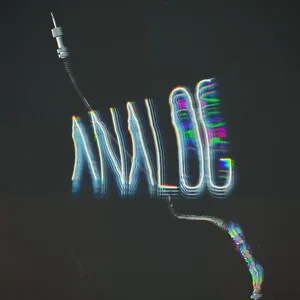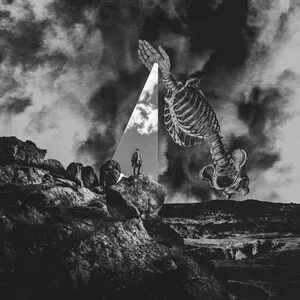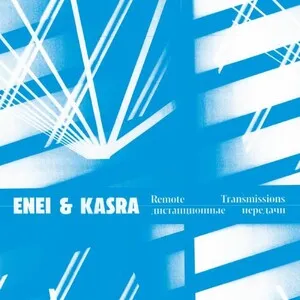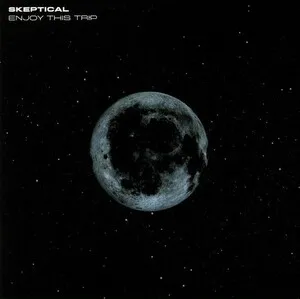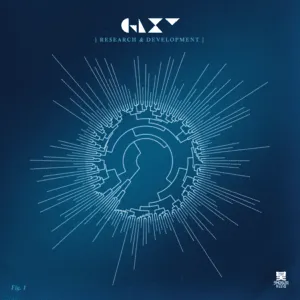Deep drum and bass is a moody, minimalist branch of drum and bass that emphasizes weighty sub‑bass, sparse but detailed drum programming, and immersive atmospheres.
It typically runs at 170–174 BPM, favoring rolling, understated grooves over maximal aggression, and uses extended chords, pads, field recordings, and dub-style space to create depth.
Compared with harder styles (e.g., neurofunk or jump-up), deep DnB privileges restraint, negative space, and precision sound design—music that works both on large systems and on headphones.
Deep drum and bass emerged in the UK as drum and bass splintered from jungle. Artists influenced by atmospheric drum and bass, dub, and minimalist techno began prioritizing sub-bass pressure, space, and cinematic ambience. Early touchpoints included the cooler, moodier corners of Metalheadz and Good Looking adjacent sounds, laying the groundwork for a subtler, deeper approach.
In the early 2000s, producers like Calibre, Marcus Intalex, Klute, and Seba refined a template of rolling breaks, warm subs, and restrained musicality. Labels such as Soul:r, Exit, Commercial Suicide, and Hospital’s deeper cuts codified a style that balanced DJ utility with headphone intimacy—often borrowing jazz harmony and dub mixing techniques.
A minimal wave—spearheaded by dBridge and peers—pushed the sound into even sparser territory, influencing the Autonomic movement (with Instra:mental and the Autonomic podcasts), micro-detailed drum work, and halftime experiments. Artists like Alix Perez, Commix, SpectraSoul, and Artificial Intelligence bridged deep, soulful, and minimal aesthetics.
Deep DnB remains a staple of the scene via labels like Metalheadz, Exit, CIA, Integral, The North Quarter (for adjacent halftime/soulful excursions), and numerous boutique imprints. The style continues to evolve with advanced sound design, tasteful vocal work, and club-focused but restrained arrangements.

